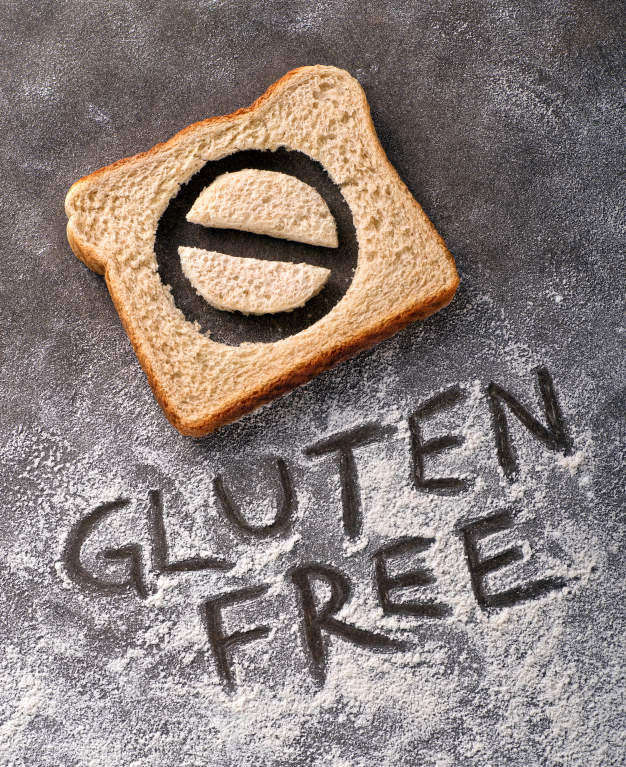Signs and symptoms that you have gluten sensitivity and need to change your diet.
You hear a lot these days about gluten. More and more people are deciding to go gluten-free in an effort to lose weight or improve health. Many believe gluten (a protein found in wheat, rye, and barley) could be responsible for their lack of energy, depression, and digestive issues. In a few cases gluten could be the culprit, but more than likely the improved health and weight loss that come from going gluten free is due to a reduction in the amount of calories and carbohydrates consumed.
Deciding whether gluten is at the root of your health problems is not a decision you should make on your own. Before going gluten-free, take your concerns to your doctor. If you truly have gluten sensitivity, it’s vitally important to be diagnosed before eliminating gluten. Necessary tests will not prove conclusive otherwise.
Wonder whether you truly have gluten sensitivity and should go gluten-free? If you have a wheat allergy, celiac disease, or non-celiac gluten sensitivity, here are the symptoms you would experience on a regular basis.
A Wheat Allergy
Whether it’s the gluten or other proteins found in wheat, many people are allergic to this common ingredient. In fact, a wheat allergy is one of the top eight food allergies.
Symptoms of a wheat allergy may include hives, headache, nasal congestion, swelling or itching in the mouth, trouble breathing, itchy, watery eyes, diarrhea, nausea, vomiting, or even anaphylaxis—a life-threatening allergic reaction.
A wheat allergy can be diagnosed through a skin test, blood test, elimination diet, food diary, or food challenge testing. See your doctor if you suspect a wheat allergy in you or your child.
Celiac Disease
Instead of suffering an allergic response to wheat, those with celiac disease who eat gluten wind up with an abnormal immune reaction in the small intestine. A continual exposure to gluten damages the lining of the small intestine and hinders the body from absorbing valuable nutrients. This is why it’s vital for anyone with celiac disease to avoid all traces of gluten in their diet.
A wide range of symptoms are possible for those with celiac disease, including fatigue, weight loss, diarrhea, abdominal pain, nausea, constipation, bloating, skin rashes, mouth sores, joint pain, or anemia. Celiac disease in children is especially dangerous and may cause failure to thrive.
Blood tests can help diagnose celiac disease. If results come back positive, a biopsy of the small intestine may be done to confirm the diagnosis. However, celiac can be very difficult to diagnose, so it may take multiple blood tests to get to the bottom of it.
Non-Celiac Gluten Sensitivity
You may test negative for a wheat allergy and celiac disease, but you swear that eating gluten causes unpleasant symptoms. In this case you may have what’s called a non-celiac gluten sensitivity (NCGS). Like celiac disease, exposure to gluten causes an immune response, but it’s more widespread throughout the body. Common symptoms of NCGS may include fatigue, brain fog, anxiety, headache, gas, abdominal pain, and bloating.
Unfortunately, there’s no test currently available to diagnose NCGS and many people remain skeptical such a condition exists, but the medical community is becoming increasingly aware there’s more to gluten than meets the eye. By keeping a close record of your diet and symptoms, your doctor may be better prepared to advise you whether to go gluten-free. Complete elimination of gluten from you diet should help relieve your symptoms.
Weight-Management University is HERE! Learn more about the Self Guided Educational Course that will teach you what you need to know to make exercise and nutrition a part of your healthy lifestyle for a permanent weight management solution.
If you live in the Gilbert area, treat yourself right by calling or emailing today to get started on an exercise program that will change your life for the best.
Please email me with any questions and visit: https://z-physique.com


Leave a Reply
You must be logged in to post a comment.